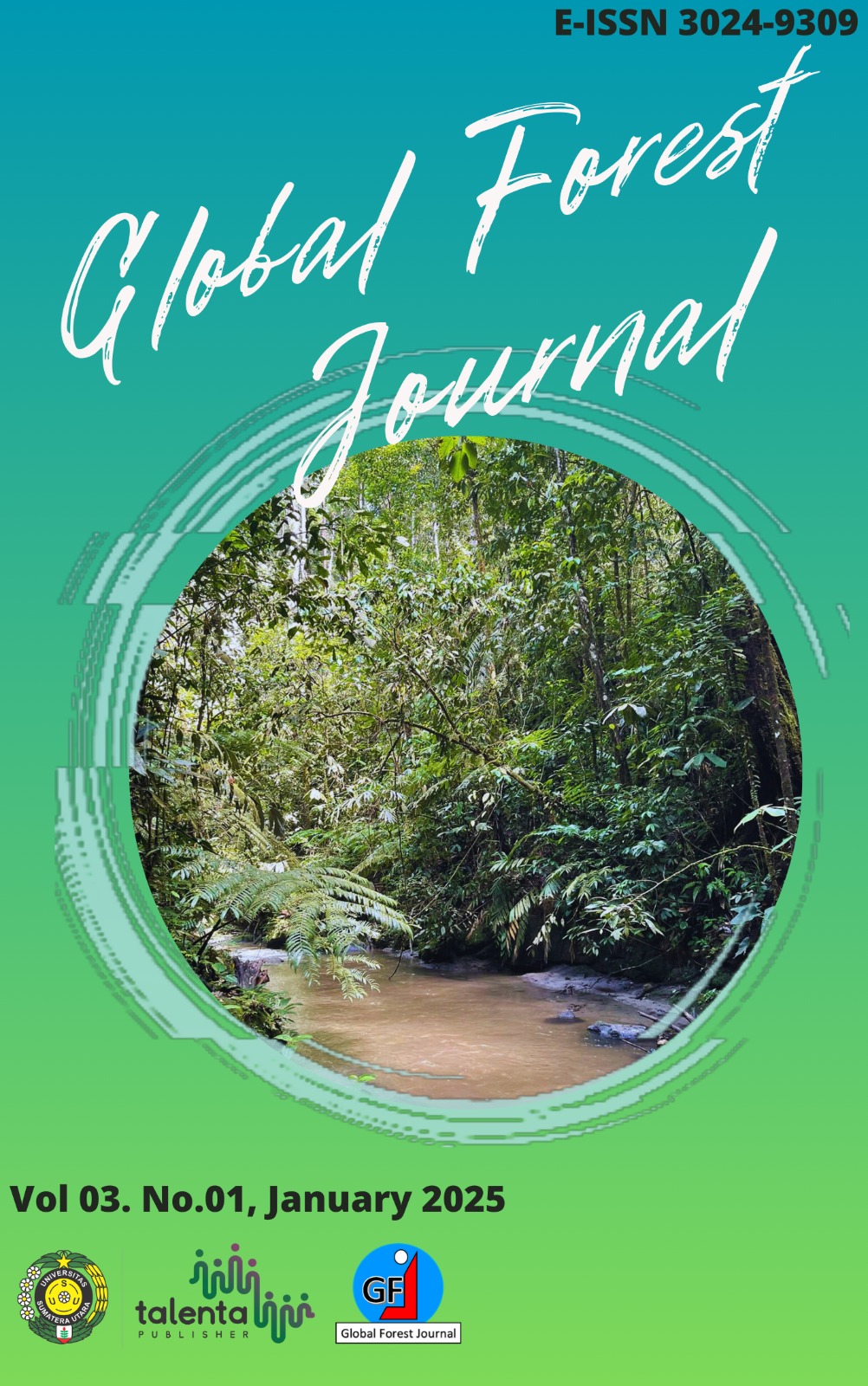Nanofluid thermosetting adhesives for bonding forest-based lignocellulosic materials: A Brief Review of Synthesis, characterization, and applications
DOI:
https://doi.org/10.32734/gfj.v3i01.19413Keywords:
Adhesion, Cohesion, Nanoparticles, Nanofluid Adhesives, ThermosettingAbstract
various industries, including electrical microchannels, engines, spacecraft,
nuclear, and solar energy. Nanofluids are created by floating small nanoparticles
in base fluids such as water or ethylene glycol, with or without stabilizing
methods. The typical size of nanoparticles is less than 100 nm2. Nanofluid
thermosetting adhesives have the advantages of enhanced bonding strength,
improved thermal conductivity, and reduced curing time. These qualities might
improve the performance of thermosetting adhesives, which harden or set when
heated. However, the creation of such adhesives would necessitate various
disadvantages, such as high cost of production and potential health and
environmental risks. Understanding the physicochemical mechanism of using
nanofluids in the adhesive would be critical. This would include examining the
effects of particle size, shape, surfactant, temperature, etc. on thermal
conductivity. While developing nanofluid thermosetting adhesives offers great
opportunities, it also requires overcoming several technical hurdles. Further study
in this area may lead to the creation of adhesives with improved thermal and
adhesive qualities. Applications of nanofluid adhesives might cover a broad area
of the wood industry, particularly furniture manufacturing and wooden flooring.
This study reviewed possible methods of synthesizing, characterization, and
applications of nanofluid thermosetting adhesives for wood-based composites.
Downloads
Downloads
Published
Issue
Section
License
Copyright (c) 2025 Global Forest Journal

This work is licensed under a Creative Commons Attribution-ShareAlike 4.0 International License.









